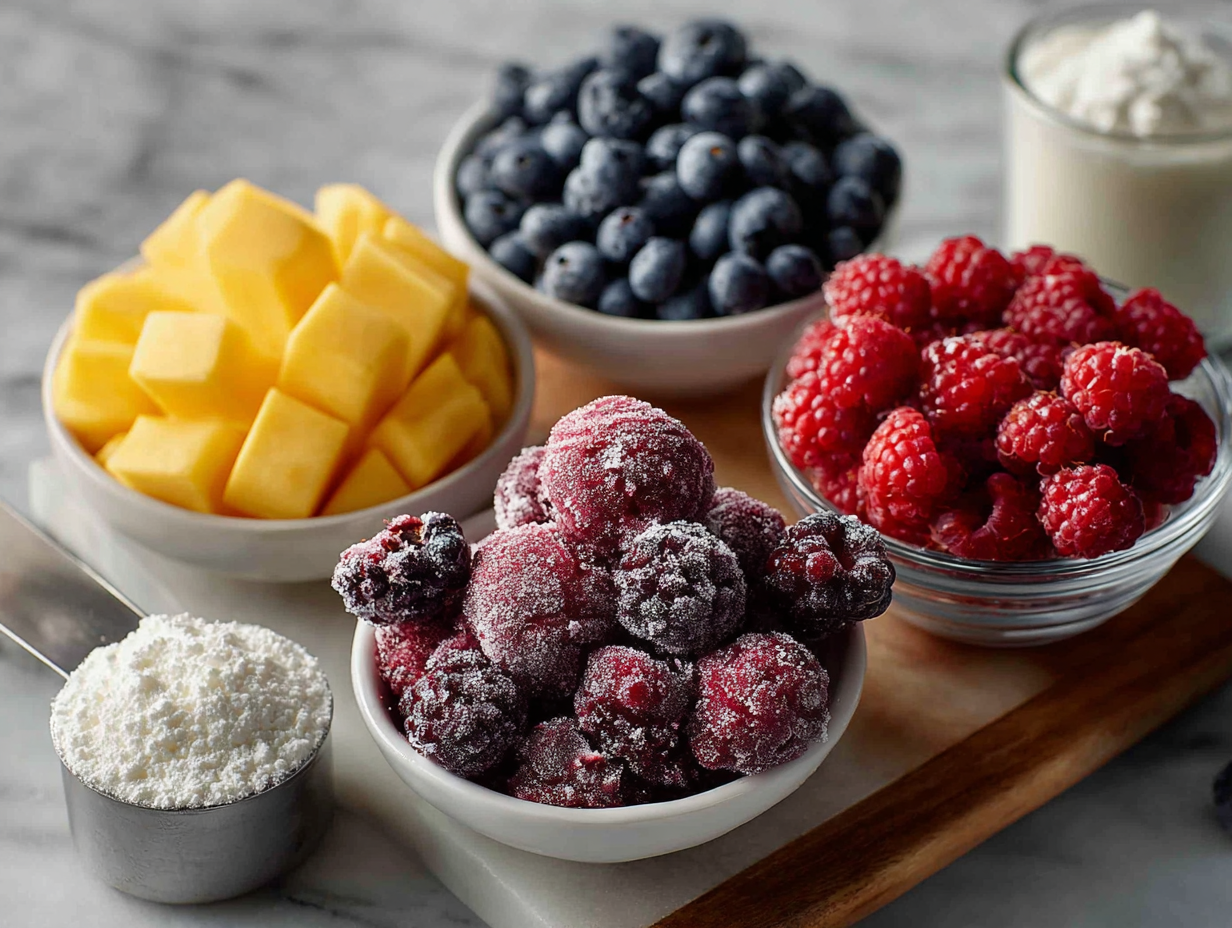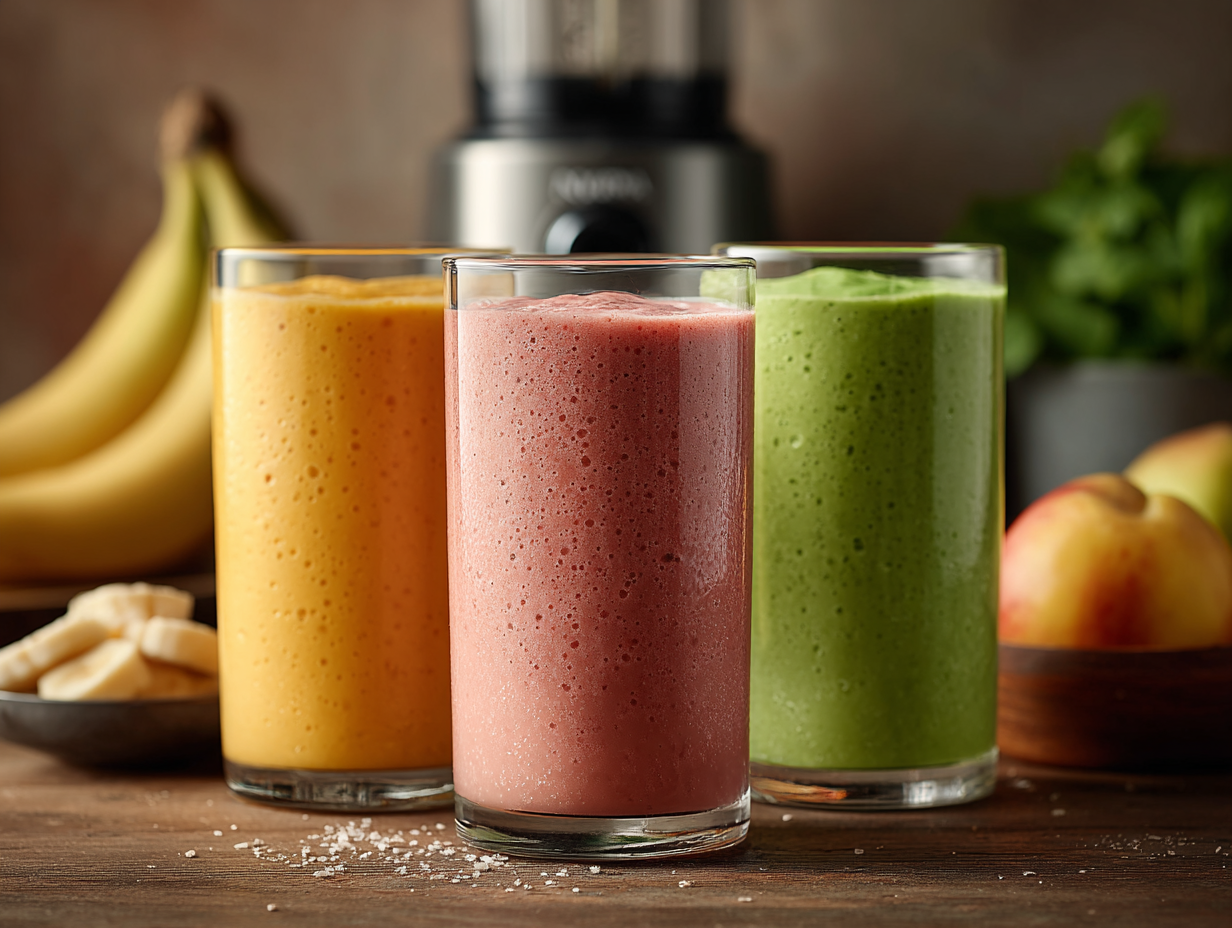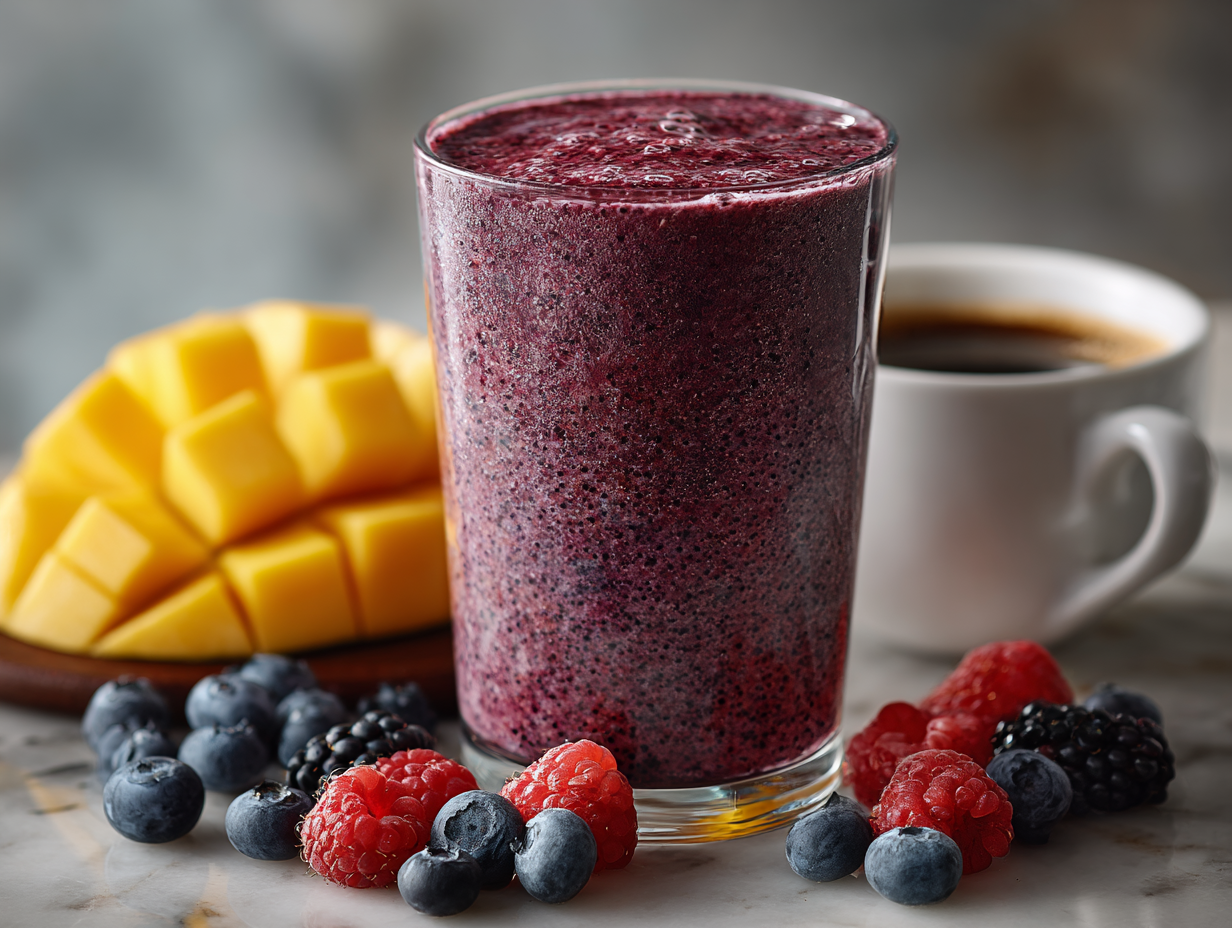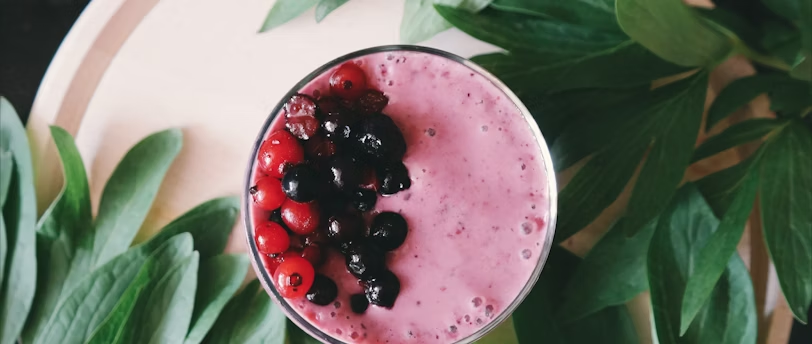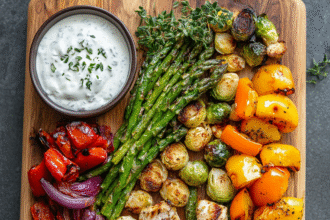Is Protein Powder Only for Bodybuilders?
Why You Don’t Need Muscles to Benefit From This Everyday Supplement
Years ago, I thought protein powder was just for gym rats and bodybuilders. I walked past the bulky tubs in health stores without a second glance — until I started paying attention to my own protein needs.
Turns out, protein powder isn’t a “bodybuilder supplement.” It’s simply a tool. And like any good tool, it works best when used purposefully — not excessively, not fearfully.
Let’s break this down.
What Is Protein Powder, Really?
In short, protein powder is a concentrated protein source — often derived from milk, plants, or eggs. The most popular type, whey protein, is actually a byproduct of cheese-making. It’s not synthetic or chemically made. It’s a real, natural component of milk.
Here’s how it works:
- When milk is curdled to make cheese, the leftover liquid that separates is called whey.
- This liquid contains protein, which is then filtered, dried, and turned into powder.
- That powder = whey protein.
So yes, if you consume milk or cheese, you’re already familiar with whey. Protein powder is just a condensed, convenient version.
It’s Not Just for Athletes or Gym Goers
Protein powder has become increasingly popular for a reason: protein awareness is rising. More people are realizing they’re under-eating protein — especially women, older adults, and those with busy lives who skip or simplify meals.
Here’s the truth:
- You don’t need to lift weights to benefit from protein.
- You don’t need visible abs to justify using a scoop.
- You need protein to maintain muscle, not just build it — and that’s essential for aging well, regulating blood sugar, and staying full between meals.
Even if you never touch a dumbbell, your muscles, hormones, and metabolism still depend on adequate protein.
How I Personally Use Protein Powder
I recommend getting 70–80% of your protein from whole foods — real meals with fish, chicken, Greek yogurt, lentils, and eggs.
But that last 20%?
That’s where protein powder shines.
Think:
- A scoop in your morning smoothie
- A protein shake after a light lunch
- A scoop blended into Greek yogurt with fruit for dessert
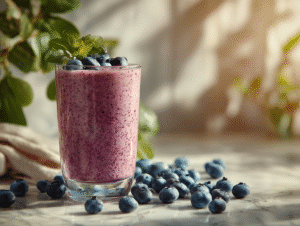
I don’t take it every day. If I hit my protein targets with meals, I skip it. But I always have it ready, because it makes consistency so much easier.
What to Look For in a Good Protein Powder
Not all protein powders are created equal. Avoid flashy labels and focus on the basics:
✅ Clean ingredient list (avoid artificial sweeteners or unpronounceable)
✅ 20–25g protein per scoop
✅ Low to almost no sugar (ideally under 2g per serving)
✅ No unnecessary fillers
✅ Third-party tested (for purity and quality)
Look for whey isolate or a clean plant-based blend, depending on your preferences.
Related: Try my go-to high-protein, high-fiber smoothie — 25g protein, 10g fiber, under 350 calories.
The Takeaway: It’s a Tool, Not a Crutch
Protein powder is not a shortcut. It’s a support system. You don’t need it every day, and you don’t need to be an athlete to benefit from it.
If you’re working on eating more protein — to stay full, support muscle tone, or just feel more balanced — having a clean, easy protein powder at home is one of the most valuable tools you can add.
You don’t need to drink shakes to build muscle.
You need protein to preserve it.
And that makes protein powder a smart, simple staple for anyone — not just bodybuilders.

